Cooling in a refrigerating machine occurs due to heat absorption during boiling of a liquid (freon) - a gaseous substance that is not only the main functional element, but also part of the lubricant for the compressor along with oil.
It is colorless, odorless and practically non-flammable, except for its direct contact with an open flame at a temperature of at least 900 ° C.
In order for a continuous cycle of freon transformations (evaporation and condensation) to occur in the refrigeration unit, it is important to maintain normal pressure in the system, due to which the permissible boiling point of the refrigerant will remain.
The boiling point of freon in the air conditioner is not at all equal to the usual indicators at which the same water boils. In this case, it depends on the ambient pressure. The higher it is, the higher its performance, and vice versa, the lower the pressure, the lower its parameters. But they always have low values.
Different types of freons, differing in physical properties and chemical composition, have different boiling points in the air conditioner under the same conditions. Refrigeration plants often use refrigerants R-22, R-134a, R-407, R-410a. The latter is considered the safest, since it does not pose a threat to the environment and humans. But its use in an air conditioner increases the price of the device.
The below table of boiling points of freons of different types in air conditioners is part of the table used by installers when refueling or refueling refrigerators. This is a kind of replacement for the line of dependence of the boiling point on pressure, used in production or in service centers. Normal temperatures quoted are based on a standard atmospheric pressure of 0.1 MPa.
| Freon type | Normal boiling point, ° C | Critical pressure, MPa | Critical boiling point, ° C |
| R-22 | -40,85 | 4,986 | 96,13 |
| R-410a | -51,53 | 4,926 | 72,13 |
| R-134a | -26,5 | 4,06 | 101,5 |
| R-407 | -43,8 | 4,63 | 86,0 |
Excessive heating of the freon can cause the release of substances hazardous to human health and a vacuum in the evaporator.
Freon leak in the air conditioner

For an air conditioner, it is normal for freon to leak at 4-7% of the total mass per year. Replenishment of losses is required on average once every one and a half or two years. If the inter-unit lines are poorly mounted, then the refrigerant comes out in a larger amount through poorly made rolling joints. Then we can talk about pumping freon into the air conditioner in full or about the appearance of a preliminary need to make up for losses.
If you ignore the problem, the device gradually begins to work to the limits of its capabilities, as a result of which the compressor breaks down, which simply ceases to be lubricated.
How to identify a leak

It is not difficult for a specialist to determine if there is a freon leak from the air conditioner, but the user himself should also know some signs of a loss of the main working substance. Should alert:
- noticeable frost or ice appears at the joints of the cold line and the valves of the outdoor module;
- the quality of cooling is greatly reduced;
- when the split system is turned on, it smells like burning;
- you can see oil smudges under the taps - it gives an unpleasant odor;
- compressor thermal insulation darkens;
- the device shuts down and the error codes appear on the display.
If you find any signs of freon leakage from the air conditioner, you should immediately disconnect the device from the power supply and call the wizard.
The specialist will connect the nitrogen cylinder through the gauge station, close the ports and put excess pressure into the system. He should immediately wash pipes and suspected leaks. If a whistle appears, and in some place the soapy solution is bubbling, then it is there that there is a hole through which the gas escapes. Thus, the leakage of freon from the air conditioner is determined, after which troubleshooting begins.
Instead of a soap solution, you can use a special concentrated liquid, which is driven into the circuit, and then possible places of refrigerant loss are shone through with an ultraviolet lighting device.
Are there any other ways how to determine the leakage of freon from a household air conditioner? For one of them, you will need a special device - an electronic leak detector, which is equipped with a flexible probe with a sensitive sensor - it allows you to get to the most difficult places.
It is also possible to determine the insufficient amount of freon in the start-stop air conditioner using a thermometer, which is brought to the air coming out of the fan. If the indicators do not go beyond the established norms of 5-8 ° C, then gas replenishment is not necessary.
If the reason for the losses lies in the leakage of the interblock connections, then the master will start soldering the pipes and then refueling the device with a working substance.
Refueling and refueling the air conditioner with freon

How is the filling of air conditioners with freon, and how does it differ from refueling?
Topping up is a partial replenishment of the lost refrigerant volume. It may be needed in the event of a leak or maintenance refueling. It is also carried out when the route is enlarged during installation. On average, the factory volume of the injected freon is designed for 5 meters of the route. If there is an increase in its length, then refueling of the air conditioner with freon is required at the rate of 30 grams per meter of line.
For household air conditioners with R-22 freon and the like, the refueling method is used, and for systems with R-410a freon, only the full refueling method is used. This gas consists of a mixture of chemicals with varying degrees of volatility, which evaporate completely unevenly, therefore, the composition of the remaining substance varies greatly.
A full charge is the replenishment of the entire volume of gas in the refrigeration device. It is necessary when refueling household air conditioners with freon after moving, when all the refrigerant has been previously deflated, or when replenishing the volume of freon, which has a complex component composition.
Freon release from the air conditioner
Before pumping freon into the air conditioner with a full charge, it is necessary to release the remaining gas from it. How to properly drain freon from the air conditioner, and what tools are needed for this?
Some craftsmen do not see anything wrong with simply loosening the nuts on the outdoor unit and venting everything into the atmosphere, considering a small amount of refrigerant safe for the environment. In its pure form, it is actually harmless, but you should not do this. To release it from the air conditioner, it is necessary to have a station for collecting freon, which cuts into the air conditioning system using a special fitting and pumps out all the gas from it.
Next, vacuuming is carried out, and only after that a cylinder with freon is connected and it is pumped into the air conditioner at the required rate.
How much freon is needed
Different refrigeration systems contain different amounts of refrigerant. How much freon can be in the air conditioner depends on the cooling capacity of the unit. On average, its volume in standard splits is from 700-800 grams, and in powerful commercial or industrial installations more than a kilogram.
The required volume is indicated by the manufacturer on the nameplate, which is a metal plate on the inner housing of the split.It helps to determine how much freon should be in the air conditioner. Using a pressure gauge, the technician determines the pressure in the cooling housing and looks at this plate.
Ideally, the filling of household air conditioners with freon should be done in small portions so that more gas does not get into the system, since its excess leads to ineffective work - it does not have time to go through a full transformation cycle from one state to another.
Methods for refueling the air conditioner
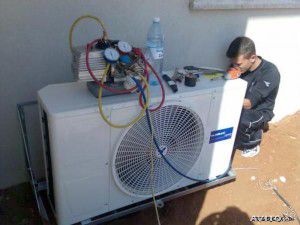
Refueling the air conditioner can be done in several ways, but the most simple and often applicable are:
- filling by weight (by weight) - you will need an expensive scale to weigh the refrigerant cylinder;
- pressure filling - at values below 3-3.5 atm, gas replenishment is required;
- by current - you will need a clamp meter, superimposed on the phase of the power wire of a working external unit.
There are two more ways: refueling by hypothermia and by overheating. But in reality, they are used only when checking industrial compressor-condensing units, since in household splits there is no device that regulates the consumption of freon. Its role is played by a capillary tube.
If, after full or partial refueling of the air conditioner, its operation does not equalize, then the equipment should be diagnosed to detect other system malfunctions.
Only experienced installers know all the safe ways to drain freon in an air conditioner and how to make up for its shortage. You should not try to carry out such actions yourself, which can lead to burns of the skin or eyes, as well as completely disable the refrigerator.


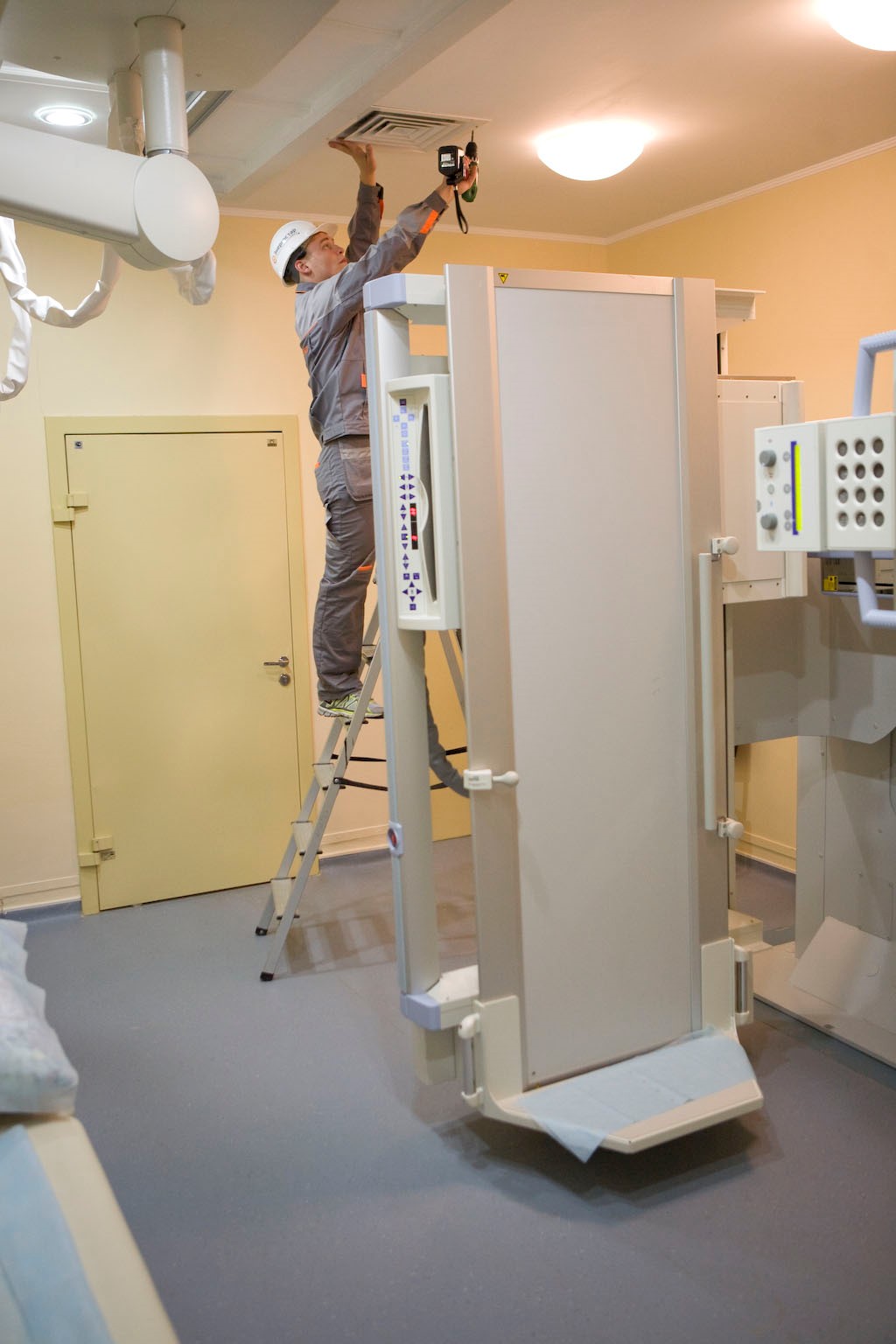
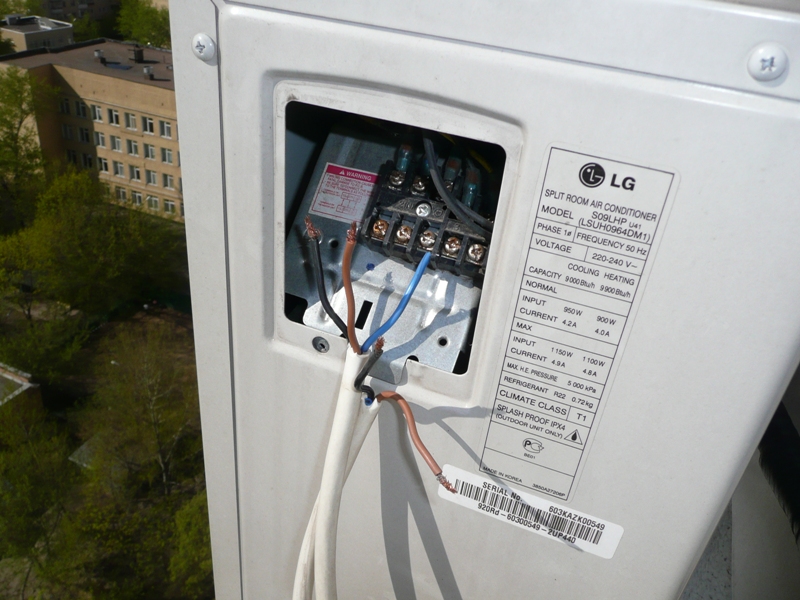
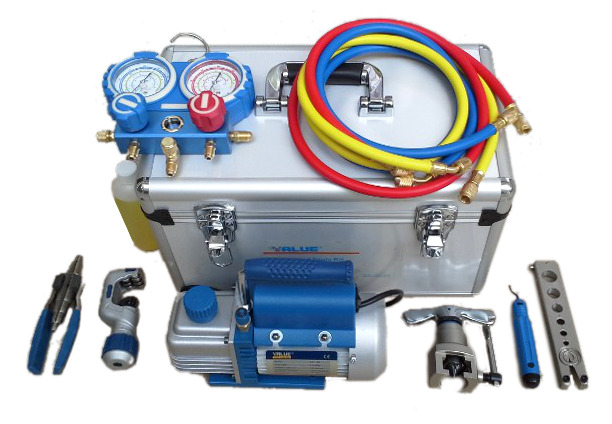



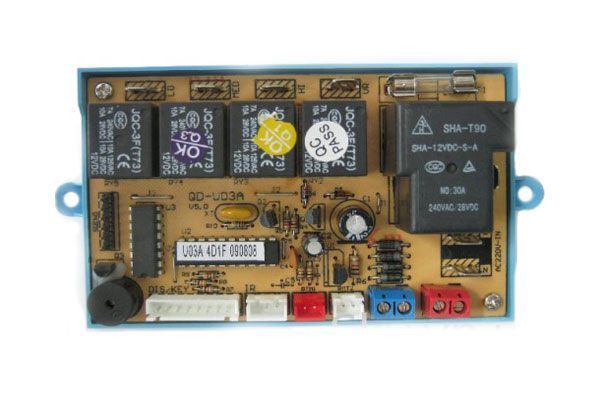
Good afternoon, I have a question about the air conditioner, there are no leaks of refrigerant 407, the discharge pressure of the first stage is first 20 bar suction 4.4 bar, then after a minute or two suction drops to 3.5, the second stage is turned on discharge 17.5 suction 3.8 after that it works for 20 - 25 minutes and the pressure suction 3.6, 3.3 and discharge unchanged 17.5 and freezing of the evaporator spider begins and reaches the expansion valve. The filter was changed in July. The water temperature is 20 °, the condenser is water and the air is somewhere around 20 - 24 °. And it all happened somehow at once. I cleaned all possible places, checked everything for leaks, added refrigerant. Reduced cooling water passage. Turned the TRV (-) (+). No result.